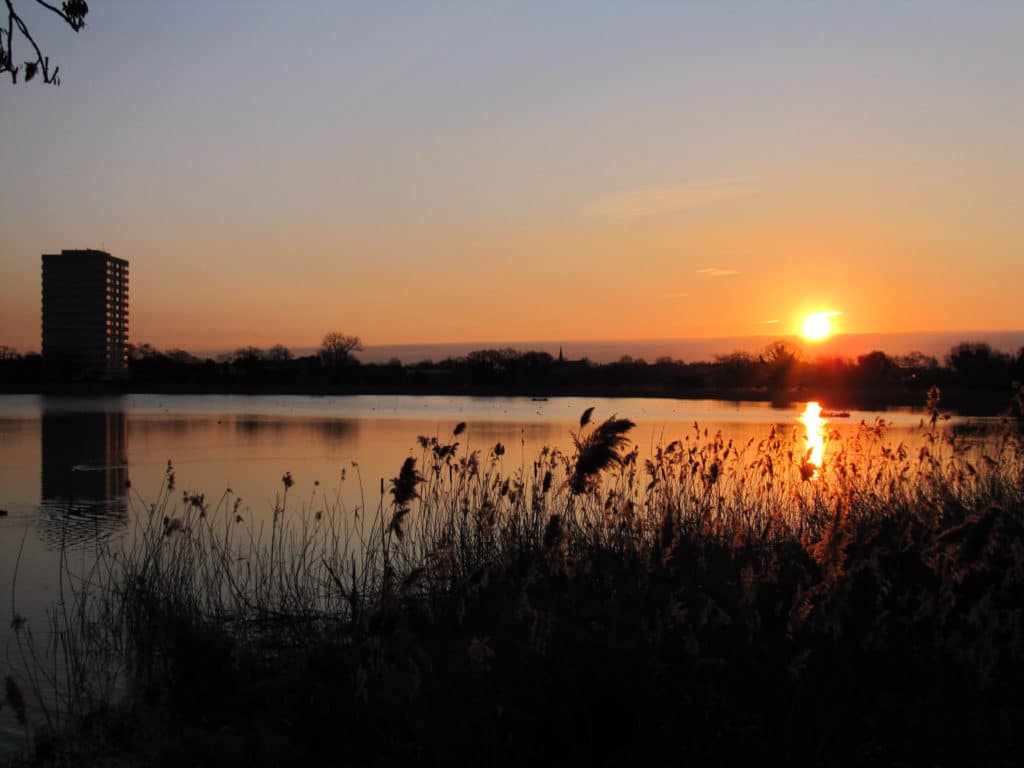As a Partnership Officer, Becky is one of our primary contacts for our work with existing Service Level Agreement (SLA) Partners. She also co-ordinates GiGL’s SLA Spotlight bulletin for existing and potential SLA partners and on top of that runs the GiGL social media accounts.
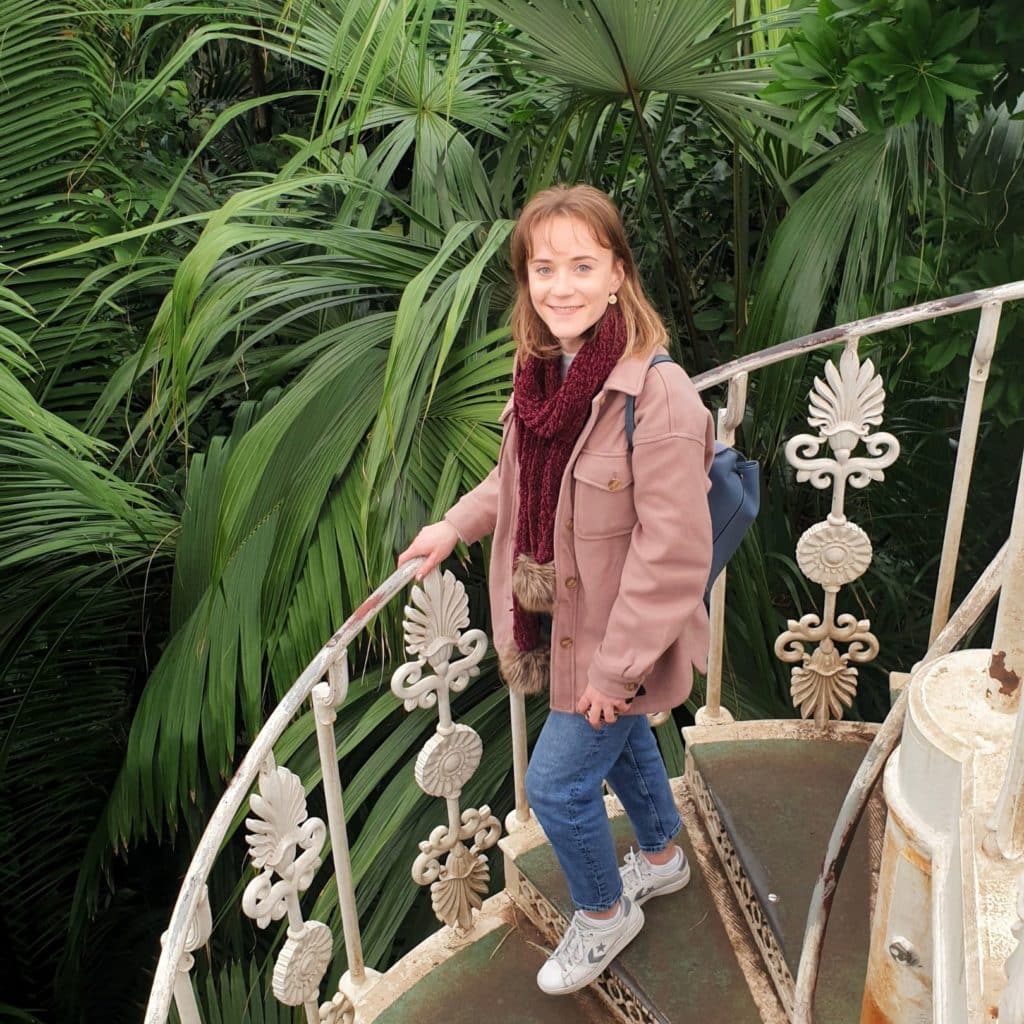
- Town or countryside?
Countryside.
- Summer or winter?
Summer, although autumn is my favorite – crisp and sunny mornings, leaf fall, and Halloween!
- Early bird or night owl?
Early bird, but it’s a struggle to be either when sleep is the best.
- Outdoor or indoors?
Outdoors.
- Plants or animals?
Animals.
- What species is closest to your heart and why?
I find it too hard to narrow it down to one, but my top three can fit nicely into the category of ‘black and white animals’!
- Oystercatchers: You’ll see further down why I fell in love with this characteristic wader.
- Cows: having grown up next to a farm in Somerset they are a symbol of home. I used to walk the footpaths around the farm – which has the most amazing views – and come across the friendliest of cows. I still go back to visit my family, and the cows, every few weeks – what I now call my ‘country escape’.
- Orcas: It fascinates me how they are so similar to us, in life span, intelligence and sophisticated social structure… but they are so much more majestic! Although I’ve never seen one, it’s high up on my bucket list is to see them in the wild (where they belong).

- What is your favourite Greater London open space and why?
Abney Park Cemetery, among other overgrown cemeteries in London. I’ve always had a fascination with cemeteries due to their slightly eerie yet peaceful atmosphere, and Abney is definitely a unique escape from the bustling high streets surrounding it. The dense greenery of the ‘Magnificent Seven’ cemeteries of London are also the perfect refuge for wildlife and provide great lighting for some photography. However, being in London for only a year I still have many greenspaces yet to explore.
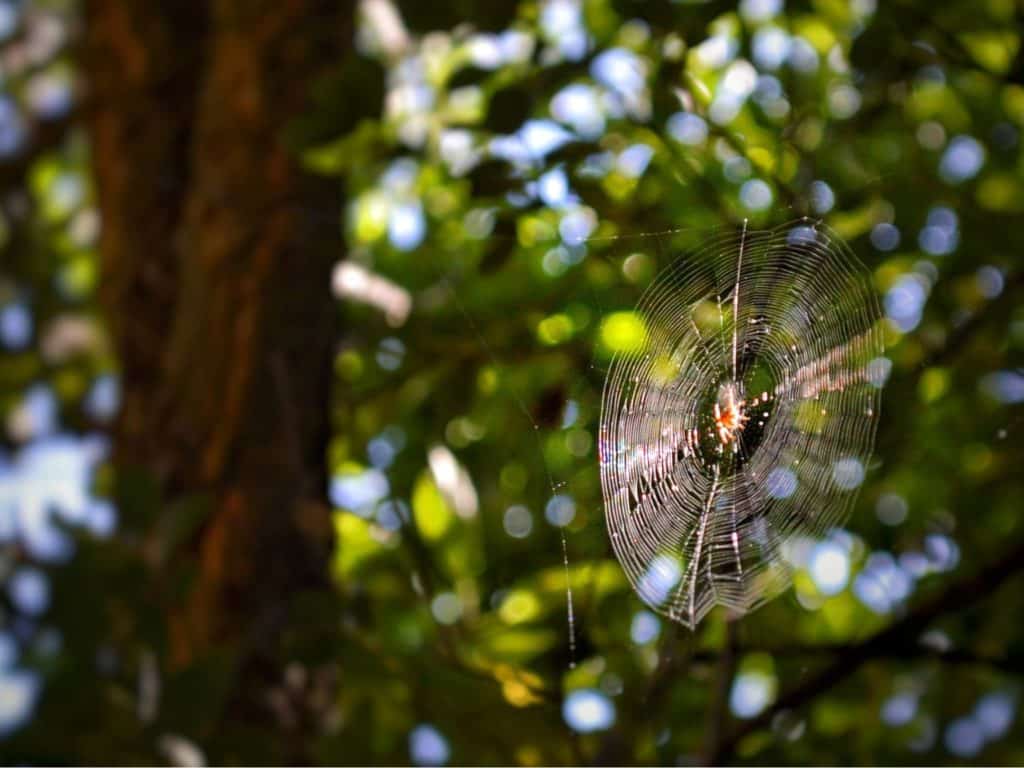
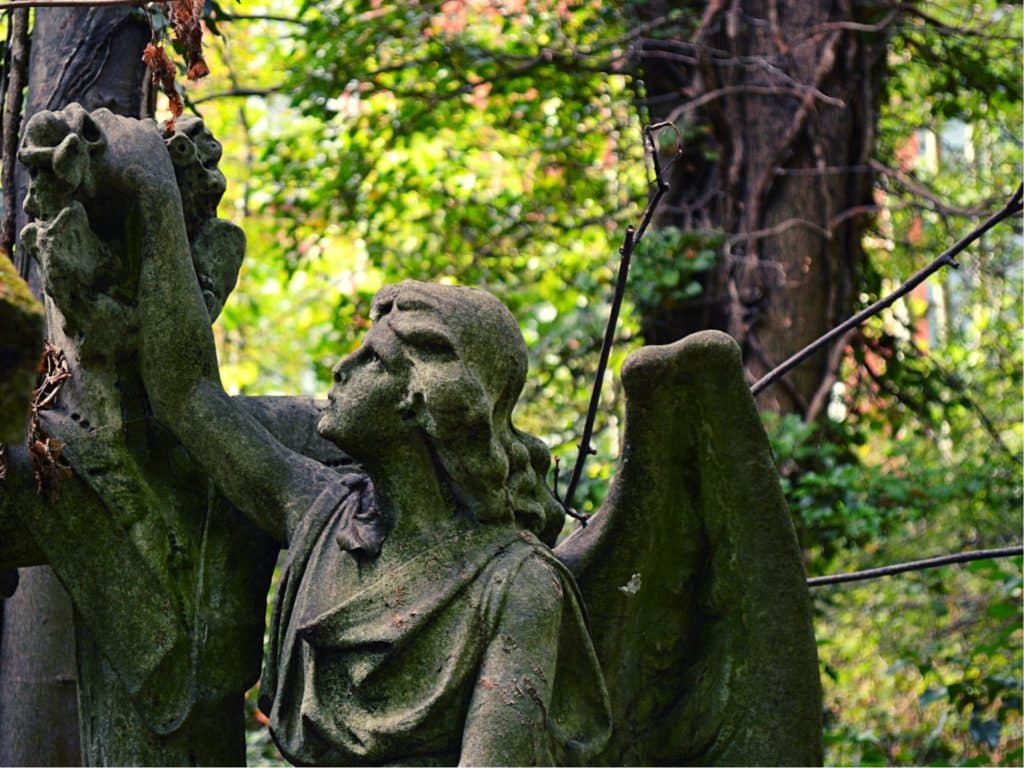
- What has been your most formative experience working with the natural environment? And what did you learn then that you keep with you today?
I was lucky enough to be part of some field study experiences while doing my Biology degree at the University of Exeter. My final year project involved studying Oystercatchers on the Exe Estuary, specifically to measure whether their ‘aggressive’ behaviours affected dominance and their diet. By aggression I mean their unique piping display, in which they face each other beak-down and make a distinctive piping call – which actually seems quite cute and non-aggressive. I have many fond memories of that time, including some hairy instances of getting stuck in the estuary mud. I gained a huge appreciation for the importance of monitoring (many waders are recorded and some GPS tracked by Devon and Cornwall Wader Ringing Group), and a love for species identification that led me to start bird watching after I graduated in lockdown.
The project was also led by a very passionate and experienced lecturer who taught me GIS and programming skills, and encouraged me to keep practicing these after university as they’ll likely come in handy in the future – needless to say she was very right!
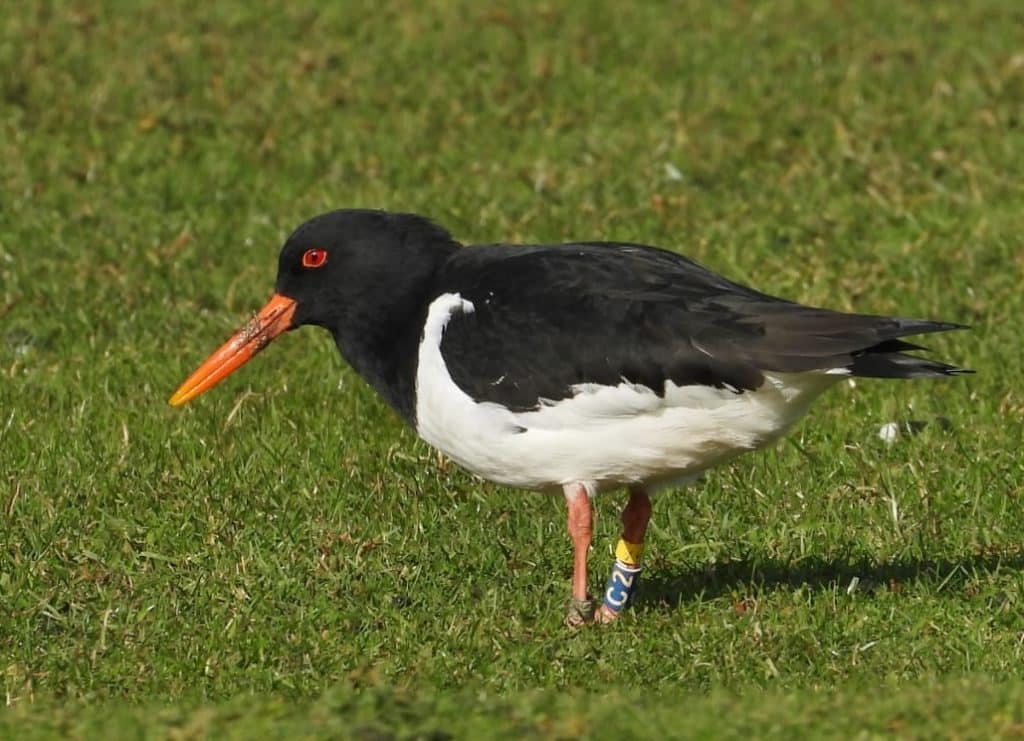
- What is your role at GiGL?
I’m one of GiGL’s Partnership Officers, so I help deliver work to our Service Level Agreement Partners (SLA) and their contractors. This includes sending data extracts, creating visualisations and analyzing data on our Partner’s behalf. Since I’ve joined I have also taken up the role of helping to manage our social media accounts to raise awareness of what GiGL does. I’ve set up a GiGL Instagram to showcase the amazing images we receive from recorders and those taken by the team. Check it out here.
- What is your most enjoyable GiGL task so far?
I enjoy problem solving, so the requests that require an extra brain workout and some creative skills are the ones I like the most. Mapping is a particular favorite as it involves extracting the relevant information from out database and visualising it. I’ve recently made deer heatmaps (which show different values on a map using colours and shades) for London Wildlife Trust’s Deer Strategy and site habitat maps for Conservation Action Plans in Haringey. We’ve also provided GIS mapping training to some LWT Keeping It Wild trainees!
- What made you want to work for a Local Environmental Records Centre (LERC)?
Professional species identification skills can take years to learn, but some people don’t realise you don’t have to be an expert to enjoy it, take part, and make a difference. When I first started honing my species identification skills I found submitting records to my LERC – Somerset Environmental Records Centre (SERC) at the time – made me feel like I was contributing to conservation efforts. LERCs are really important for getting wildlife enthusiasts of all ages and expertise to get involved and make a difference though recording and monitoring, one of the many ways in which LERCs give back to the community.
- London has a lot to offer someone looking to learn more about wildlife and open spaces. What one thing would you advise people to explore?
My advice is to explore as much as possible when you’re en route from A to B. Planning your route around the parks and open spaces in London will help you discover new spots and you will be rewarded with buzzy greenspaces and surprise wildlife encounters. One weekend I was due to visit a friend near Clissold Park but instead of going straight there I started at Finsbury Park, walked along the New River and through Woodberry Wetlands until I got to where I needed to be. It’s a rewarding way to get your steps in and great for a mental re-fresh.
